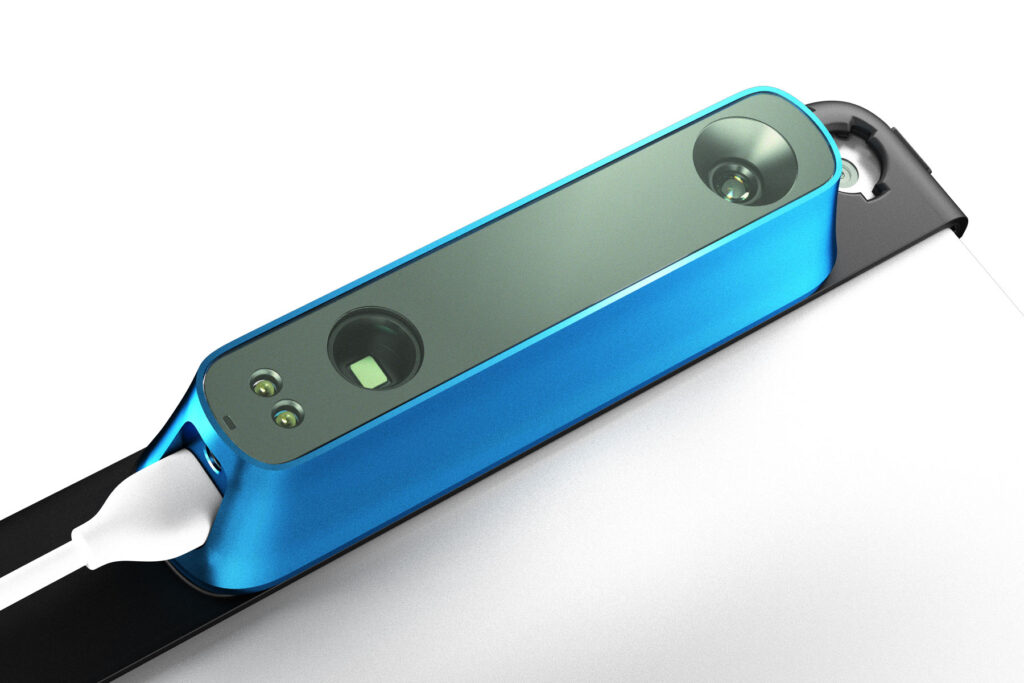The Best Type of 3D-Scanner

There are many different types of 3D scanners on the market today, each with its strengths and weaknesses. In this article, we’ll go over the main types of 3D-Scanning technologies you might want to evaluate for your mobile app 3D-Scanning project.
1) What are the Different Types of 3D Scanners?
Structure Sensor (and other Laser Scanners)
There are a few different types of mobile 3D scanners, such as the Structure Sensor. The Structure Sensor is one of the most popular mobile 3D scanners on the market. It is used by many people to scan objects and environments in three dimensions. The Structure Sensor uses a time-of-flight laser rangefinder to measure the distance from the sensor to points on an object or surface. It then uses this information to create a 3D model of the object or surface.
The Structure Sensor SDK is a mobile app development kit that allows you to create mobile apps that use the Structure Sensor. The SDK includes a library of mobile apps, as well as the tools and documentation necessary to develop your mobile app. Because of this, Structure Sensor is a developer favorite amongst portable laser scanners.
Lidar Sensor
Another type of mobile 3D scanner is the Lidar sensor. Lidar is an acronym for Light Detection and Ranging. Lidar sensors measure the distance from the sensor to points on an object or surface by measuring the time it takes for a laser pulse to travel from the sensor to the point and back again. This information is then used to create a 3D model of the object or surface. iPhone 12 now features a Lidar sensor and can be used without the need for an external device like Structure Sensor. However, interpreting 3D models and mesh is more complex than with the Structure Sensor SDK.
TrueDepth Camera
The TrueDepth Camera is a mobile 3D scanner that is built into the iPhone X and later. The TrueDepth Camera uses infrared light to measure the distance from the sensor to points on an object or surface. It then uses this information to create a 3D model of the object or surface. Because the TrueDepth Camera is built into the iPhone, it is very easy to use. However, it has a limited range and cannot scan large objects or surfaces. It also is built into the front-facing camera, making it hard to scan objects and get visual feedback as to the scanning advancements.
2) What are the Best Mobile 3D Scanners?
The best mobile 3D scanner depends on your needs. If you need to scan large objects or surfaces, you will need a mobile 3D scanner with a large range, such as the Structure Sensor. If you need to scan small objects or surfaces, you can use a mobile 3D scanner with a smaller range, such as the TrueDepth Camera. If you are looking for a high level of accuracy, to print custom manufacturing pieces, for example, the precision of the above scanners might not be sufficient.
We typically suggest the above sensors for applications that are comfortable with a 1-2% lack of accuracy. Typical applications would be measuring body parts (which change throughout the day) and some commercial applications that don’t require high-precision (i.e. scanning a room to measure the surface area of walls).
Price is an important consideration for anyone looking to purchase a 3D scanner. However, it is important to remember that cheaper scanners may not always be the best value for your money. In general, you should expect to pay more for a scanner that offers higher accuracy and greater compatibility with different operating systems.
Accuracy is particularly important if you intend to use your scanner for medical purposes. Body parts can vary significantly in size and shape, and your scanner must be able to capture these differences accurately. If you are only going to be using your scanner for general purposes, then the accuracy may not be as big of a concern.
Finally, compatibility with different operating systems is something you will need to consider if you want to be able to use your scanner with a variety of devices. Some scanners are only compatible with Windows, while others can also be used with Macs or Linux computers. Make sure you choose a scanner that can be used with the devices you already have or plan on using in the future.
3) What are the Advantages of Each?
What are the Benefits of Using the Structure Sensor?
The Structure Sensor has many benefits, including its portability, its ease of use, and its accuracy. mobile 3D scanners like the Structure Sensor are very portable, so they can be used in a variety of settings, such as in a home or office. They are also easy to use, so even people who are not familiar with 3D scanning technology can quickly learn how to use them. For developers, Structure Sensor has an easy-to-use SDK, which makes it much easier to develop mobile apps that use the sensor and interpret 3D meshes.
What are the Benefits of Using the Lidar Sensor?
The Lidar sensor is built into the iPhone, so there is no need for additional hardware. It is also very accurate, so it can be used to create high-quality 3D models.
What are the Benefits of Using the TrueDepth Camera?
The TrueDepth Camera is also built into the iPhone, so there is no need for additional hardware. Additionally, it is very easy to use, so even people who are not familiar with 3D scanning technology can quickly learn how to use it, for example, anyone who has played with animated emojis has been using TrueDepth Camera.
4) What are the Disadvantages of Each?
What are the Disadvantages of the Structure Sensor?
The disadvantages of the Structure Sensor include its cost, its supply chain limitations, and the fact that it is an external hardware device. The Structure Sensor is a mobile 3D scanner that must be attached to an iPhone/iPad to work. This means that you will most likely have to supply Structure Sensors to your clients/partners.
What are the Disadvantages of the Lidar Sensor?
The Lidar sensor is only available on the iPhone 12 Pro and the iPad Pro (2020), so if you have an older device, you will not be able to use this mobile 3D scanner. Because there isn’t an intuitive SDK available for download, creating mobile apps that utilize the sensor might be difficult. Finally, using the Lidar sensor to create 3D models and other similar results entails a higher level of technical expertise, making it less developer-friendly than some of the other mobile 3D scanners on the market.
What are the Disadvantages of Using the TrueDepth Camera?
The main disadvantage of using the TrueDepth Camera is that it is only available on the iPhone X and newer devices. This means that if you have an older device, you will not be able to use this mobile 3D scanner. Additionally, the TrueDepth Camera does not have an easy-to-use SDK, so it can be difficult to develop mobile apps that use the sensor. Finally, the TrueDepth Camera requires more programming to get 3D meshes and similar results, so it is not as developer-friendly as some of the other mobile 3D scanners on the market. The TrueDepth Camera is also front facing, so it is ideal for scanning your face, but for most other applications, it is much trickier to use as the camera and screen are on the same side, and the person scanning will not have visual feedback as to their scan.
5) What’s the Best First Step to Select a Developer to Create an App to go With Your Scanner
When you’re ready to develop a mobile app that uses a 3D scanner, it’s important to find a development company that understands the complexities of 3D scanning. There are many different types of 3D scanners on the market, and each has its strengths and weaknesses. It’s important to find a development company that is familiar with the type of 3D scanner you’re using so that they can create an app that takes advantage of its strengths and works around its weaknesses. Additionally, it’s important to find a development company that has experience developing mobile apps that use 3D scanners. This way, they will be able to avoid common pitfalls and create an app that is easy to use and provides a great user experience.
Sidekick Interactive – Creating Native Mobile Apps with 3D-Scanners for the Past 11 Years
Sidekick Interactive is a mobile app development company that specializes in creating native mobile apps with 3D scanners. They have over 11 years of experience in the industry and have developed mobile apps for some of the world’s leading brands, including HP, ABB, and Sigvaris. Sidekick Interactive has a team of experienced developers who are familiar with all the different types of 3D scanners on the market and can create an app that takes advantage of its strengths and works around its weaknesses. Additionally, Sidekick Interactive has a team of designers who specialize in creating user-friendly mobile apps with a great user experience. If you’re looking for a mobile app development company that can create an app to go with your 3D scanner, Sidekick Interactive is a great option.

